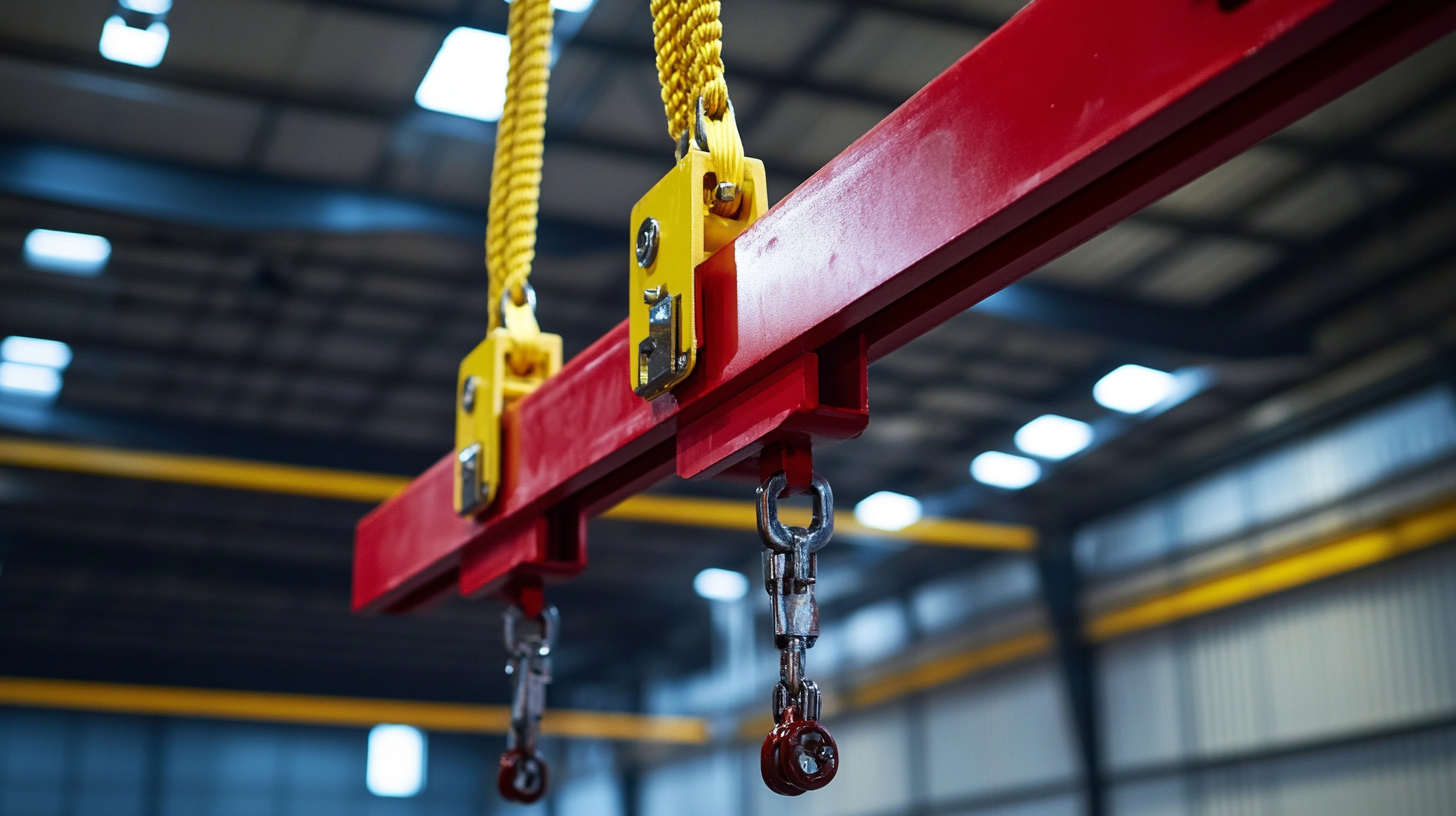Achieving Industry Export Certification for the Best Small Gantry Crane Explained
In today's global manufacturing landscape, the demand for efficient and reliable material handling solutions has surged, particularly in industries such as construction, shipping, and manufacturing. The Small Gantry Crane has emerged as a pivotal tool, facilitating safer and more streamlined operations while occupying minimal space. According to a recent industry report by Research and Markets, the global overhead crane market, which includes gantry cranes, is projected to reach USD 4.5 billion by 2025, reflecting a robust CAGR of 4.7%. As manufacturers strive to meet international standards and enhance their competitiveness, achieving industry export certification for Small Gantry Cranes is crucial. This certification not only ensures compliance with safety regulations but also increases marketability across different regions, expanding the reach of products labeled with the hallmark of "Made in China" excellence.

Understanding the Importance of Industry Export Certification for Small Gantry Cranes
Industry export certification is a crucial step for manufacturers of small gantry cranes, ensuring compliance with international standards and enhancing marketability across borders. According to a report by the International Organization for Standardization (ISO), over 80% of companies that achieved certification saw an increase in export activities. This statistic highlights the growing importance of certification in a highly competitive market.
In addition to boosting export potential, industry certification assures customers of safety, reliability, and durability. The Occupational Safety and Health Administration (OSHA) reported that approximately 20% of workplace injuries are linked to equipment failure, which can be significantly reduced through compliance with certified standards. As small gantry cranes are often utilized in demanding environments, having an industry export certification not only mitigates risks but also fosters trust among clients and stakeholders, ultimately leading to sustainable business growth.
Exploring Alternative Materials in Gantry Crane Construction
When it comes to gantry crane construction, the choice of materials plays a significant role in determining performance, durability, and overall efficiency. Traditionally, steel has been the go-to material for its strength and resilience. However, with advancements in materials science, alternative materials such as aluminum, composite materials, and even advanced polymers are gaining traction. These alternatives not only reduce the weight of the cranes, making them more maneuverable, but also enhance corrosion resistance and lower maintenance costs.
Aluminum, for instance, is becoming increasingly popular due to its lightweight properties and resistance to rust. This allows for easier handling and transport of the gantry cranes, especially in environments that may be prone to water exposure. Composite materials bring another dimension to the table, offering high strength-to-weight ratios while also minimizing the overall environmental impact of the construction process. By exploring these innovative materials, manufacturers can create cranes that are not only efficient and cost-effective but also more sustainable, addressing the growing demand for environmentally friendly industrial solutions.
Achieving Industry Export Certification for the Best Small Gantry Crane Explained - Exploring Alternative Materials in Gantry Crane Construction
| Material Type | Weight (kg) | Load Capacity (ton) | Corrosion Resistance | Certification Status |
|---|---|---|---|---|
| High-Strength Steel | 500 | 5 | Moderate | Certified |
| Aluminum Alloy | 300 | 3 | High | Pending |
| Composite Fiberglass | 400 | 4 | Excellent | Certified |
| Galvanized Steel | 550 | 5.5 | Good | Certified |
| Reinforced Polymer | 250 | 2.5 | Moderate | Pending |
Comparative Analysis of Certification Processes for Various Gantry Crane Types
When considering the diverse types of gantry cranes available in the market, understanding the certification processes becomes critical for ensuring safety and compliance in industrial applications. A comparative analysis reveals that there are notable differences in certification requirements based on gantry crane types, which range from small to large-scale models. According to the 2022 Crane Industry Council report, approximately 65% of manufacturers encounter challenges in meeting certification criteria, underscoring the importance of a thorough understanding of these processes.
For small gantry cranes, the certification often demands adherence to ANSI/ASME standards, which outline specific load testing and safety protocols. In contrast, larger gantry cranes may need to comply with more rigorous OSHA regulations, necessitating comprehensive inspections and testing. The National Safety Council shows that cranes that undergo thorough certification processes are 30% less likely to be involved in workplace accidents, emphasizing the role that regulatory adherence plays in maintaining operational safety. This variance in certification processes highlights the need for operators and manufacturers to stay informed about the latest guidelines to streamline their paths to certification while ensuring optimal safety practices.

Evaluating the Impact of Certification on Market Access and Revenue
The certification of small gantry cranes plays a pivotal role in enhancing market access and driving revenue growth within the industrial sector. According to a report by Grand View Research, the global gantry crane market is projected to reach USD 5.5 billion by 2025, growing at a compound annual growth rate (CAGR) of 7.1%. This growth is significantly influenced by the demand for certified products, as manufacturers who secure industry export certifications can improve their credibility and consumer trust.

Moreover, certified small gantry cranes often enjoy preferential treatment in bidding processes and international trades. The International Organization for Standardization (ISO) highlights that certified products can lead to an increase in market opportunities by up to 30%. This competitive edge not only enables manufacturers to penetrate new markets but also optimizes their pricing strategies, thereby enhancing overall revenue. As the construction and logistics industries continue to evolve, the importance of certification will likely become even more pronounced, shaping the future landscape of crane manufacturing and sales.
Best Practices for Preparing Small Gantry Cranes for Export Certification
When preparing small gantry cranes for export certification, adherence to industry best practices is paramount. According to the International Organization for Standardization (ISO), a staggering 40% of non-compliance issues arise from improper documentation and inadequate preparation. Therefore, manufacturers should begin by ensuring that all specifications, engineering drawings, and material certifications are meticulously organized and easily accessible. This will not only streamline the evaluation process but also demonstrate commitment to quality and safety standards.
Another crucial aspect is to conduct thorough pre-shipment inspections. Industry reports indicate that 30% of delays in export certification result from unforeseen defects discovered late in the process. Establishing a robust internal quality assurance program can mitigate these risks. Additionally, employing third-party inspection services, certified by recognized authorities such as the American Society of Mechanical Engineers (ASME), ensures that cranes meet the stringent requirements set forth by international markets. By implementing these best practices, manufacturers can enhance their chances of obtaining export certification efficiently while upholding high standards of safety and reliability.
Export Certification Readiness of Small Gantry Cranes
This chart illustrates the readiness scores for various aspects of small gantry cranes' export certification process, showcasing the significance of compliance and documentation in achieving certification.
